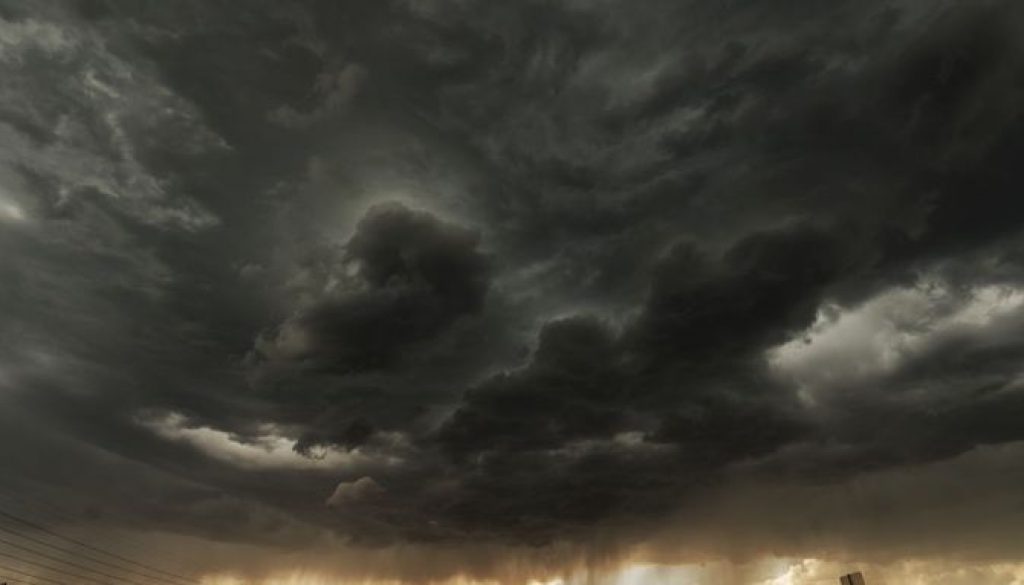The World Around You
Globally, according to the new data, the number of floods and other hydrological events have quadrupled since 1980 and have doubled since 2004, highlighting the urgency of adaptation to climate change. Climatological events, such as extreme temperatures, droughts, and forest fires, have more than doubled since 1980. Meteorological events, such as storms, have doubled since 1980.
These extreme weather events carry substantial economic costs. In the updated data, thunderstorm losses in North America have doubled — from under US$10 billion in 1980 to almost $20 billion in 2015. On a more positive note, river flood losses in Europe show a near-static trend (despite their increased frequency), indicating that protection measures that have been implemented may have stemmed flood losses.
Professor Michael Norton, EASAC\’s Environment Programme Director states, \”Our 2013 Extreme Weather Events report — which was based on the findings of the Norwegian Academy of Science and Letters and the Norwegian Meteorological Institute — has been updated and the latest data supports our original conclusions: there has been and continues to be a significant increase in the frequency of extreme weather events, making climate proofing all the more urgent. Adaptation and mitigation must remain the cornerstones of tackling climate change. This update is most timely since the European Commission is due to release its evaluation of its climate strategy this year.\”
Is a contemporary shutdown of the Gulf Stream (AMOC) possible?
The update also reviews evidence on key drivers of extreme events. A major point of debate remains whether the Gulf Stream, or Atlantic Meridional Overturning Circulation (AMOC), will just decline or could \’switch off\’ entirely with substantial implications for Northwest Europe\’s climate. Recent monitoring does suggest a significant weakening but debate continues over whether the gulf stream may \”switch off\” as a result of the increased flows of fresh water from northern latitude rainfall and melting of the Greenland icecap. EASAC notes the importance of continuing to use emerging oceanographic monitoring data to provide a more reliable forecast of impacts of global warming on the AMOC. The update also notes the recent evidence which suggests an association between the rapid rate of Arctic warming and extreme cold events further south (including in Europe and the Eastern USA) due to a weakened and meandering jet stream.

Most people look at the world through rose colored glasses. Understanding that our world will likely not be rocked by old fears such as nuclear war, invasions, or mass terrorist events.
If you have paid attention at any point in the past few years, it is hard to ignore the potential impact of increasing storms and disasters of our communities and how quickly desperate scenes have played out in our grocery stores, hardware stores, and other big box stores as people scramble to grab whatever they can to survive during these extreme situations.
Realize it is only going to get worse!
The Global Defense Initiative is here to help people and members prepare for the worst possible circumstances. Days without power or water, days being evacuated from your home, and days that would test your resolve on protecting yourself and your family are here and will come more. Let us help you get ready for it all.



